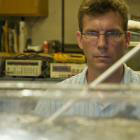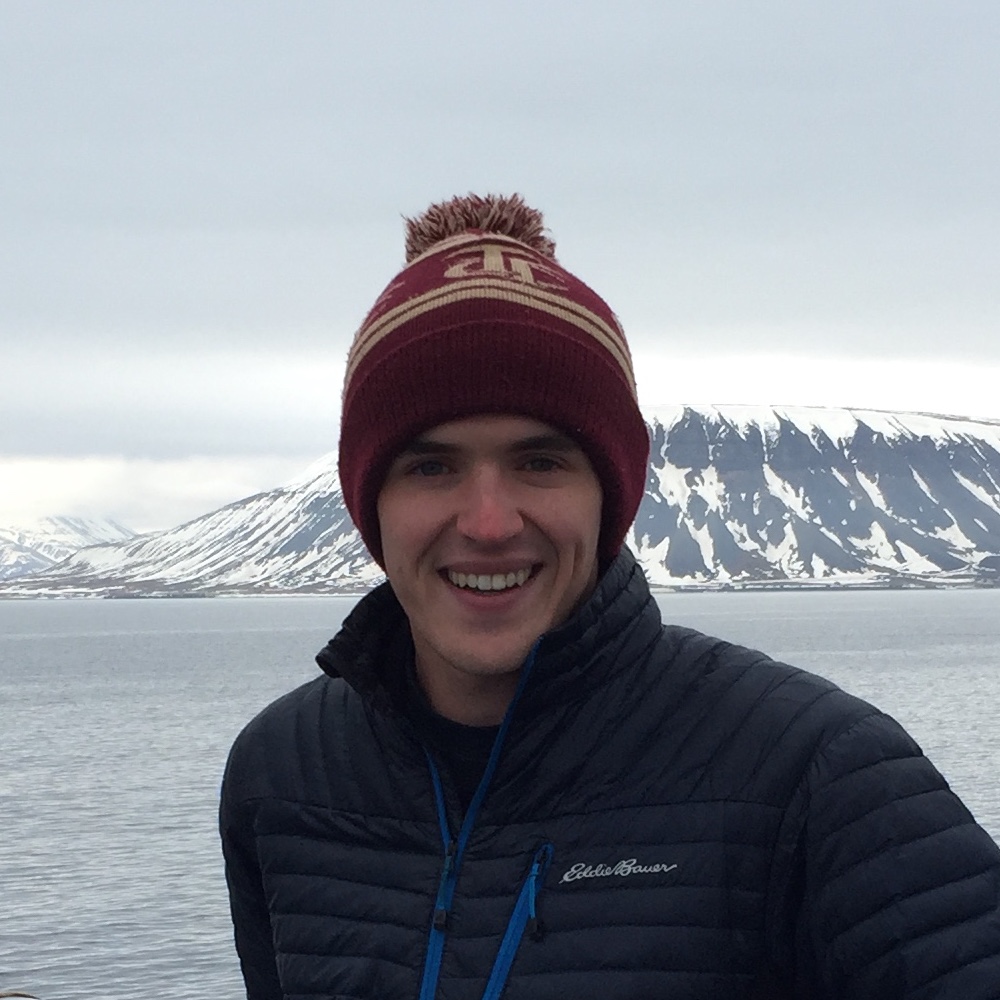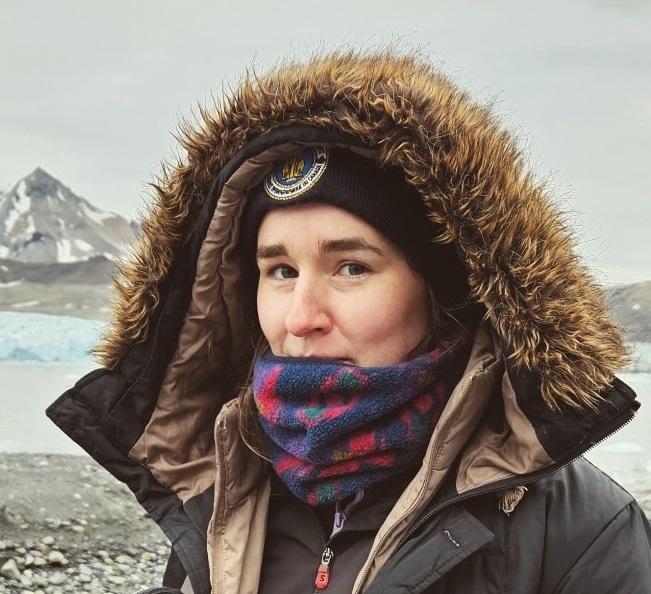International Partnership for AcOustic Monitoring of Glaciers
IPAOMG is a group of researchers spanning international boundaries, working to understand glaciers through acoustics. Melting glaciers are amongst the noisiest natural environments. Ice-loss processes here such as calving and underwater melting produce sound that can be used to monitor these processes. Our long-term goal is to use passive-acoustic monitoring and active acoustic observations to study glaciers such as those in Greenland, Svalbard and Alaska on a long-term using autonomous systems.
Infrastructure
Research and development in the tidewater glacier regions is dependent on infrastructure that requires long term planning and substantial budgets.
Robustness
The deployment of engineering and technology solutions in the polar oceans must be adapted to the harsh conditions there.
Multi-disciplinary
The challenges to monitoring changes in ocean physics and biology, sea ice and ice shelf dynamics need to be met so that we can understand and predict the future of the Earth system.
Commerce and Industry
Commercial operations such as shipping through the Arctic need R & D support to manage the technical and operational challenges. In the Arctic Ocean receding sea ice is opening previously inaccessible sea lanes, which is providing increased commercial opportunities.
Environmental Monitoring and Research
The region features unique biogeochemical systems that need to be better understood.
Exploring the sound of glaciers.
An international group of researchers looking at interdisciplinary approaches to understand the sound of glaciers and their use to monitor climate-change impacts.Passive acoustic measurements
Detailed acoustic measurements in the field to understand glacier sounds.
Laboratory measurements
To understand ice physics under controlled environments.
Oceanography
To understand the environments better.
Direct and active-sonar measurements
To verify and groundtruth data.
The Team

Grant Deane
Research Oceanographer, Scripps Institution of Oceanography, University of California, San Diego
Oskar Glowacki
Assistant Professor, Institute of Geophysics, Polish Academy of Sciences, Poland
Mandar Chitre
Associate Professor, Acoustic Research Laboratory, National University of Singapore
Dale Stokes
Research Oceanographer, Scripps Institution of Oceanography, University of California, San Diego
Hari Vishnu
Senior Research Fellow, Acoustic Research Laboratory, National University of Singapore
Hayden Johnson
Postdoctoral fellow, University of Alaska, Fairbanks
Mateusz Moskalik
Assistant Professor, Institute of Geophysics, Polish Academy of Sciences, Poland
Dhruv Maniktala
Ph. D student, Institute of Geophysics, Polish Academy of Sciences, Poland

